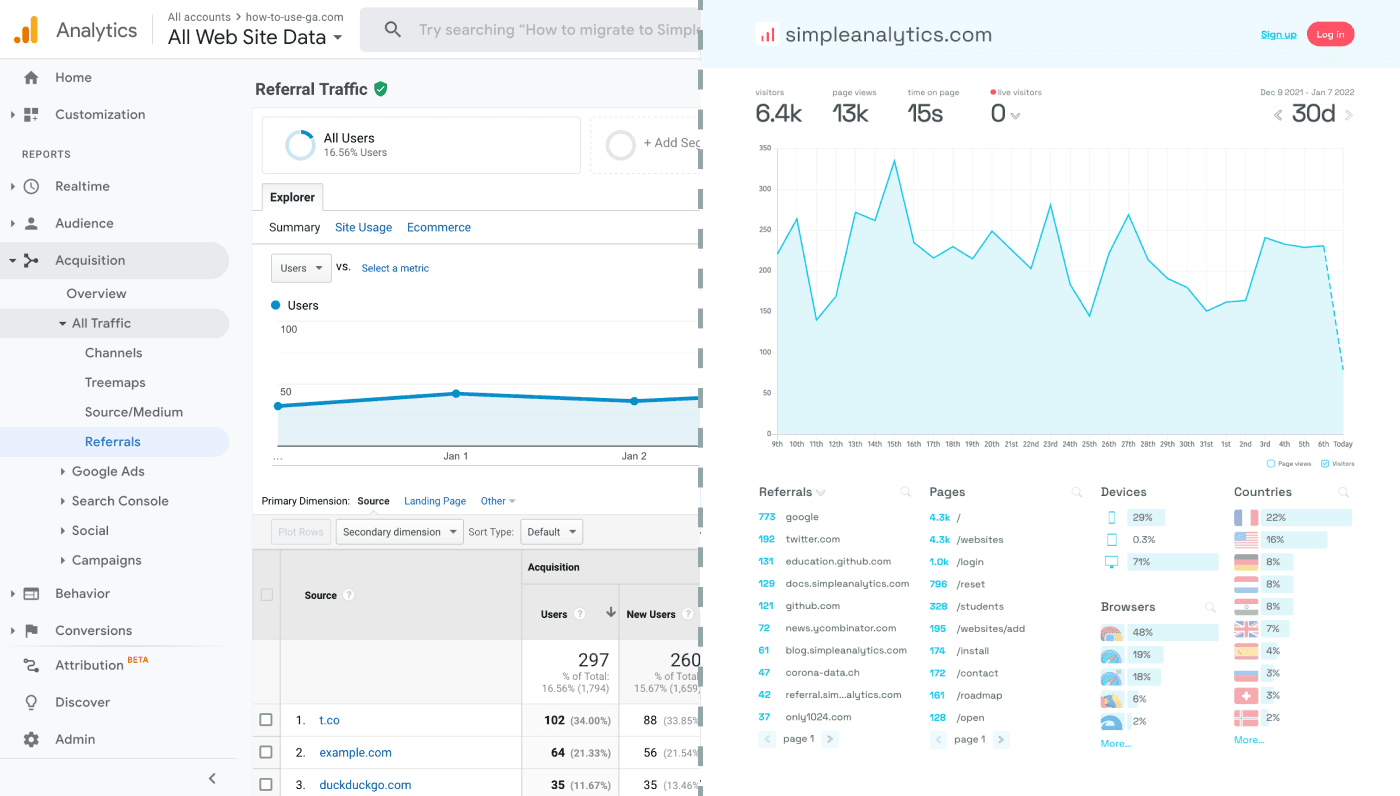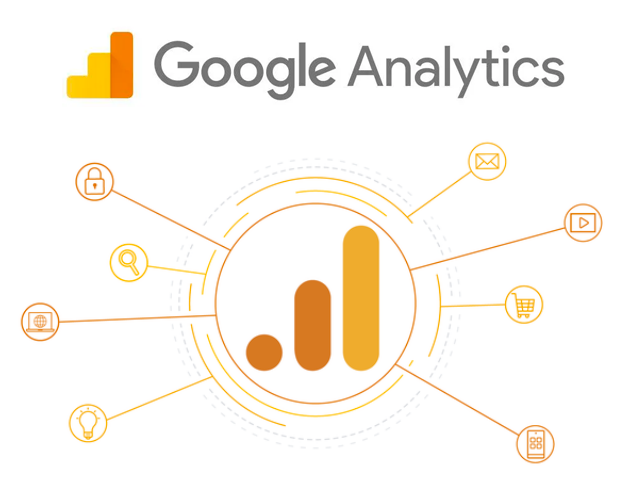When Does the Google Analytics Tracking Code Send an Event Hit to Analytics? Timing and Finest Practices Explained
When Does the Google Analytics Tracking Code Send an Event Hit to Analytics? Timing and Finest Practices Explained
Blog Article
Track Your Website's Success With Necessary Google Analytics Tracking Code
In the world of digital advertising and marketing, comprehending your website's performance is paramount for accomplishing success - when does the google analytics tracking code send an event hit to analytics?. Implementing the necessary Google Analytics tracking code supplies a durable framework for recording crucial information such as user interaction and website traffic sources. This vital tool not only promotes the analysis of crucial metrics yet also equips you to make enlightened decisions that can improve user experience and drive growth. Nevertheless, the obstacle hinges on effectively analyzing this data to formulate a calculated strategy that aligns with your goals. What understandings might await you as soon as you open the full potential of your web site's analytics?
Understanding Google Analytics Basics
In the realm of digital marketing, understanding the fundamentals of Google Analytics is essential for any business seeking to optimize its on-line visibility. Google Analytics is an effective device that enables organizations to evaluate and track site traffic, user actions, and conversion prices. By leveraging this data, companies can make informed decisions to boost their electronic methods.
At its core, Google Analytics provides understandings into how customers engage with a site. This includes monitoring metrics such as page sights, session duration, and bounce rates, which are essential for examining user involvement - when does the google analytics tracking code send an event hit to analytics?. Additionally, it classifies web traffic sources, enabling businesses to recognize which channels-- such as natural search, social media, or e-mail-- drive the most site visitors
Comprehending Google Analytics additionally involves identifying the relevance of information division. By filtering system data based on customer demographics, geographical areas, or habits patterns, companies can customize their marketing efforts to fulfill particular target market demands. Eventually, grasping the essentials of Google Analytics outfits companies with the understanding to improve their online methods, boost user experience, and eventually drive development. This foundational understanding sets the stage for even more innovative tracking methods and analytics capacities.

Setting Up Tracking Codes
Setting up tracking codes is an essential action for successfully utilizing Google Analytics to check web site performance. These codes, called Google Analytics tracking IDs, should be installed within the HTML of your site to collect useful data on individual interactions.
To begin the arrangement process, develop a Google Analytics account if you haven't done so currently. Once your account is developed, navigate to the Admin section and pick the home for which you wish to produce the monitoring code. Here, you will certainly locate your distinct monitoring ID, generally formatted as UA-XXXXXXXXX-X.
Following, integrate this code into your internet site's source code. If you take care of a fixed site, put the tracking code bit straight before the closing tag of each website. For vibrant websites or content administration systems like WordPress, take into consideration utilizing plugins that streamline the assimilation process.

Trick Metrics to Monitor
Recognizing essential metrics is crucial for services intending to enhance their on-line presence with Google Analytics. Amongst the most important metrics to monitor are individuals, pageviews, and sessions. Sessions describe the total variety of interactions a customer has with your site within a defined timeframe, giving insight right article into overall involvement levels. Customers indicate the one-of-a-kind visitors to your website, allowing you to assess your target market's size and growth.
Furthermore, bounce price is a vital metric that exposes the percent of site visitors who navigate away after checking out just one page (when does the google analytics tracking code send an event hit to analytics?). A high bounce rate may suggest that web content is not reverberating with your target market or that user experience needs enhancement. Ordinary session period enhances this by measuring how long individuals remain involved on your website, read this highlighting material performance
Conversion price is another vital statistics, standing for the percent of site visitors finishing wanted activities, such as authorizing or making an acquisition up for a newsletter. Keeping an eye on these vital metrics makes it possible for businesses to identify staminas and weak points in their on the internet methods, facilitating data-driven choices that boost customer experience and drive development. By concentrating on these metrics, organizations can successfully track their electronic performance and maximize their on-line visibility.
Studying Site Visitor Habits
Exactly how can companies acquire deeper understandings right into their web site's efficiency? By examining visitor behavior via Google Analytics, firms can discover important patterns and preferences that drive customer involvement. This analysis allows companies to track crucial metrics such as page views, bounce prices, and session duration. Understanding just how site visitors navigate the website assists identify high-performing web content and areas needing renovation.
Using features like individual flow records and behavior circulation diagrams, services can visualize the courses taken by site visitors. This info is essential for establishing which pages preserve rate of interest and which bring about departures. Assessing interests and demographics improves targeting strategies, making sure that content resonates with the desired audience.
Additionally, employing event monitoring for particular communications-- such as clicks on switches or video plays-- supplies granular insights right into customer engagement. This information can educate decisions about web site layout and content positioning, inevitably leading to a much more easy to use experience.
Maximizing Your Strategy
While companies might collect extensive data with Google Analytics, successfully maximizing their strategy requires equating this info right into workable insights. Key performance signs (KPIs) ought to be identified based on details organization objectives, permitting for a useful content concentrated strategy to information evaluation. For instance, if raising conversion prices is a top priority, focus needs to be routed towards site visitor habits metrics such as bounce rates and departure pages.
On a regular basis assessing these metrics makes it possible for businesses to determine locations for enhancement. A/B testing can even more enhance strategy optimization by supplying real-time comments on changes made to website components such as format, material, or contacts us to action. In addition, segmenting the target market based upon demographics or habits allows for customized advertising and marketing efforts that resonate extra properly with targeted groups.

Conclusion
In conclusion, the execution of Google Analytics tracking code is necessary for successfully keeping track of and analyzing website efficiency. Eventually, leveraging Google Analytics fosters continual growth and renovation, making sure a site fulfills its goals and engages its target market effectively.
Google Analytics is an effective tool that permits organizations to examine and track website web traffic, user habits, and conversion rates.At its core, Google Analytics supplies understandings into just how individuals connect with a site. Make Use Of the Google Tag Aide Chrome extension or the Real-Time records in Google Analytics to ensure information is being recorded precisely.In verdict, the implementation of Google Analytics tracking code is necessary for effectively evaluating and checking website performance. Inevitably, leveraging Google Analytics fosters constant development and renovation, ensuring a site fulfills its purposes and engages its audience efficiently.
Report this page